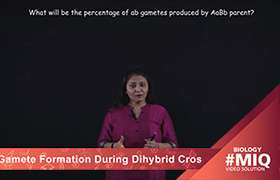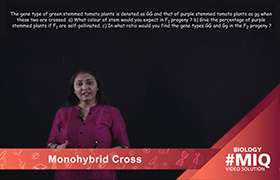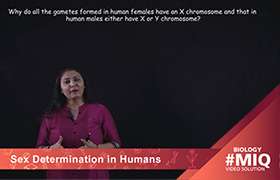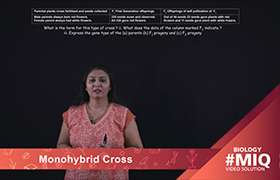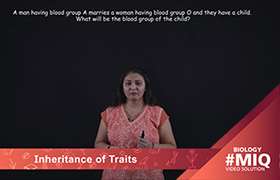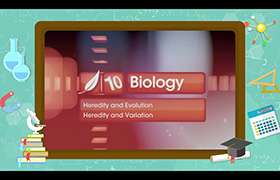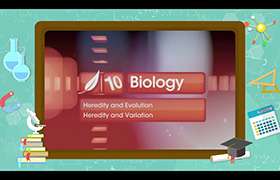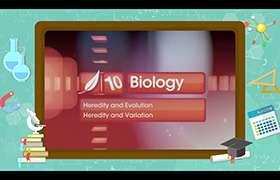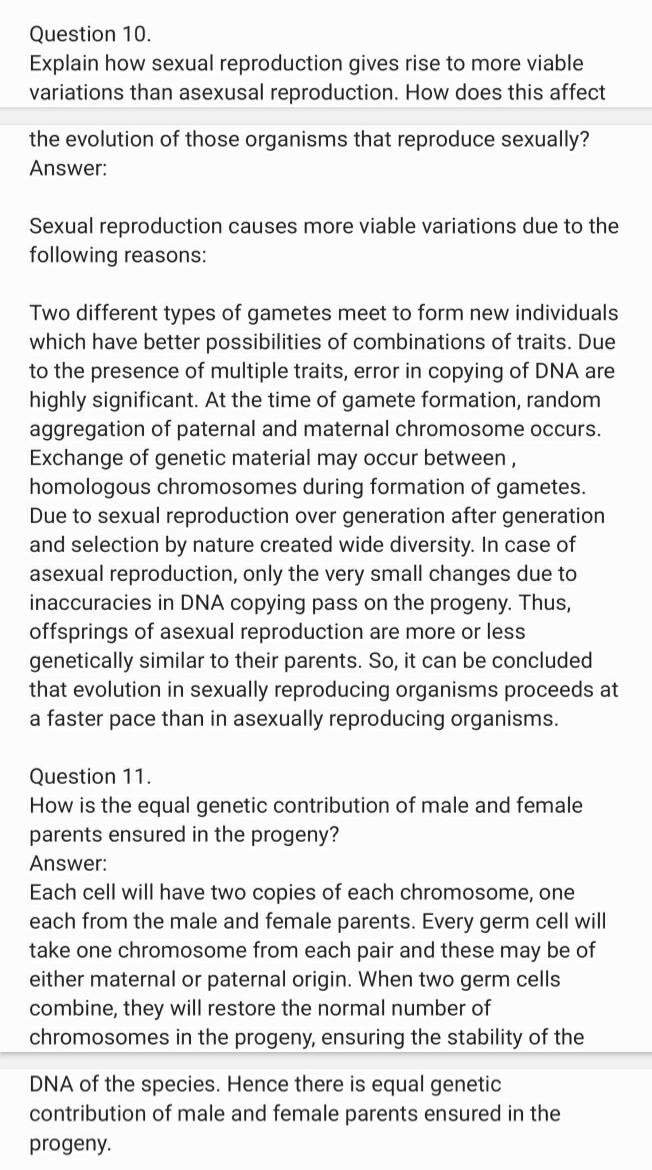CBSE Class 10 Answered
When is a recessive trait capable of expressing itself? Write the expression using contasting trait of height in plants.(5 marks)
Asked by sajal2402 | 02 Feb, 2019, 04:27: PM
- A recessive trait is capable of expressing itself when it is present in the homozygous condition.
- Consider pea plants having a pair of contrasting characters namely, tallness and dwarfness with respect to the height of the stem.
- The parental generation P1 has the genotype TT for a pure tall parent plant and tt for a pure dwarf plant.
- The two parents are homozygous, having one type of gamete each, i.e. T from tall parent and t from the dwarf parent. These two plants are crossed with one another.
- All plants in first filial or F1 generation were tall. The F1 generation has genetic constitution Tt.
- It is genotypically a hybrid and a heterozygous plant having two different alleles. Phenotypically, the plant is tall because the allele or the gene T for tallness masks the effect of its corresponding recessive gene t.
- F1 plants are self-pollinated to obtain F2 generation. Now, each of these parents is heterozygous tall with genotype Tt. So, we have Tt × Tt. The gametes produced from each of the parents are of two types, T and t.
- The second filial generation F2, has a genotypic ratio of 1 TT : 2 Tt : 1 tt. As in this case, allele T for tallness is dominant, the pea plants with genotype Tt will be tall.
- The phenotypic ratio is 3 tall : 1 dwarf. Genotypically, it shows 3 types of plants: 1 TT, which is homozygous tall, 2 Tt which are heterozygous tall and 1 tt which is homozygous dwarf. Thus, the genotypic ratio is 1 TT : 2 Tt : 1 tt.
- In this way, we could see that in F1 generation since the recessive allele t for dwarfness was in heterozygous condition, it was not able to express itself and the plants obtained were not dwarf. However, in F2 generation, since the recessive allele was in homozygous conditions (tt) it could express itself and the plant obtained was dwarf.
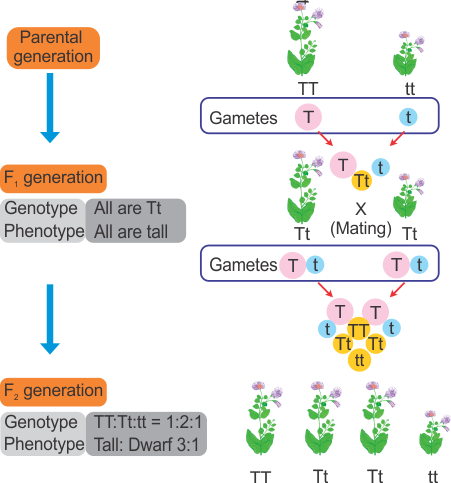
Answered by Sheetal Kolte | 04 Feb, 2019, 11:01: AM
Application Videos
Concept Videos
CBSE 10 - Biology
Asked by vramesh.kumar1804 | 09 Jan, 2024, 10:34: PM
CBSE 10 - Biology
Asked by navinkumar785790 | 17 Jun, 2023, 10:33: PM
CBSE 10 - Biology
Asked by Venkata Raman | 06 Feb, 2023, 06:59: PM
CBSE 10 - Biology
Asked by swetalinasamantaray022 | 29 Dec, 2022, 01:27: PM
CBSE 10 - Biology
Asked by nitusinghparihar309 | 26 Dec, 2022, 09:32: PM
CBSE 10 - Biology
Asked by blessybhatia09 | 17 Apr, 2022, 10:47: PM
CBSE 10 - Biology
Asked by srestasingh7 | 26 Dec, 2021, 10:36: PM
CBSE 10 - Biology
Asked by bhadouriarakesh9917 | 02 Mar, 2021, 08:44: AM
CBSE 10 - Biology
Asked by abhay2006ji | 22 Dec, 2020, 03:46: PM

